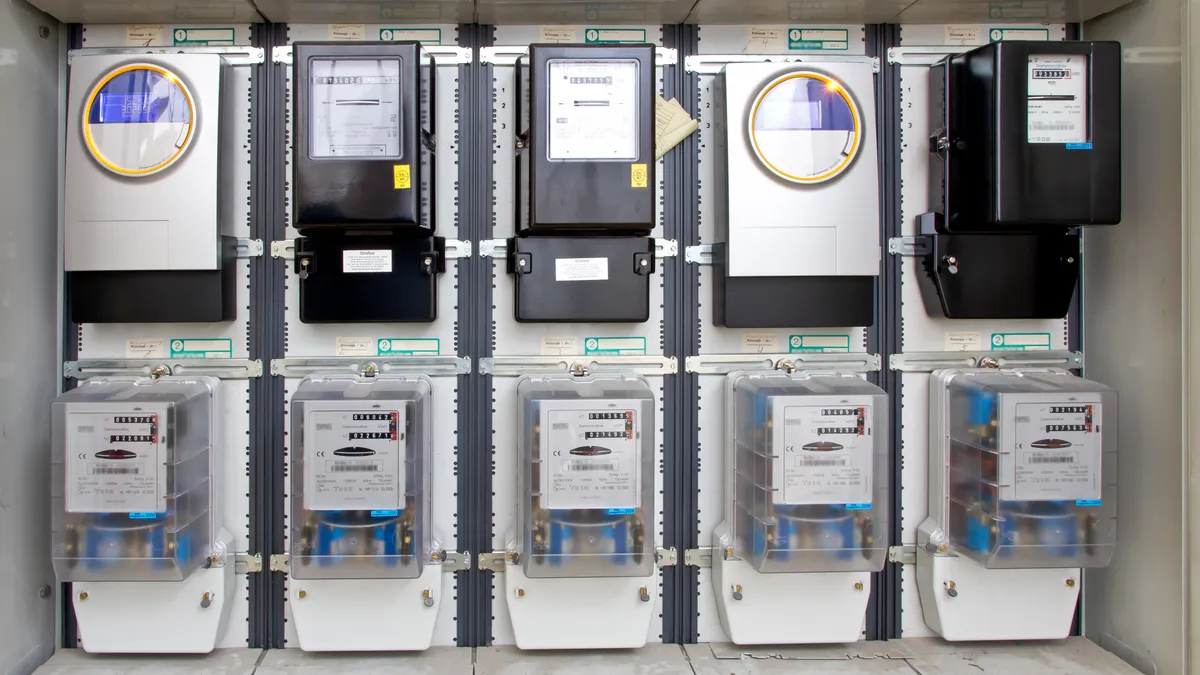The U.S. Department of Energy will make $550 million available to state, Tribal and local governments for energy conservation and the development of clean energy resources through the agency’s Energy Efficiency and Conservation Block Grant Program, officials announced Tuesday.
The program is designed to help communities implement strategies to reduce energy consumption and fossil fuel emissions, and improve energy efficiency. Communities can use the funding to deploy electric vehicle infrastructure or community solar, assess the efficiency of residential and commercial buildings, develop energy savings goals, establish financial incentive programs for energy efficiency improvements, or a range of other use cases.
The new funding “is a streamlined and flexible tool for local governments to build their clean energy future,” said Secretary of Energy Jennifer Granholm.
The EECBG program will be funded through the Bipartisan Infrastructure Law, which President Biden signed last year. It is the second time the program has been funded, following a $3.2 billion allocation through the American Recovery and Reinvestment Act of 2009 under President Barack Obama.
DOE said communities can “build on prior investments and leverage additional clean energy funding ... to achieve sustained impacts that can put their communities on a pathway to decarbonization.”
Applications for the program will open in January, the agency said.
The federal government has recently announced several funding opportunities and awards related to clean energy. Along with the infrastructure law, Biden also signed the Inflation Reduction Act which included $369 billion in incentives for the energy transition.
Granholm on Tuesday also announced companies selected to receive awards from a $100 million block of funding earmarked for technologies that had been originally funded by the agency’s Advanced Research Projects Agency–Energy program. And last week, DOE opened the first round of applications for $13 billion in competitive funding for projects to reduce electricity costs, boost resiliency and build out the nation’s aging transmission system.















